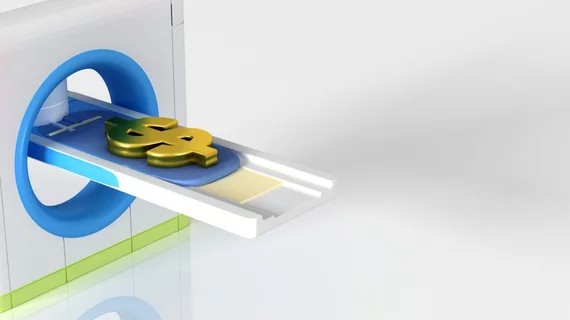Average rad tech salaries rise over 12% in 2 years, up to $86,484
Radiologic technologist salaries have risen 12.3% since 2022, up to a U.S. average of $86,484, according to new data from the nation’s top tech society, released Thursday.
All major disciplines across medical imaging and radiation therapy have recorded compensation increases over the last two years, the August survey found. Nuclear medicine techs sustained the largest average gain at 20.2%, up to $106,475. Vascular interventional techs came second with a 13.6% increase (up to $95,317), followed by sonographers at 13.2% ($93,237), and MRI technologists at 12.5% ($92,729).
The American Society of Radiologic Technologists received nearly 20,000 responses to its annual Wage and Salary Survey, which it has conducted since 2001.
“ASRT will continue to monitor salaries in the medical imaging and radiation therapy profession to ensure that radiologic technologists, managers and decision-makers have current data to make informed decisions,” Melissa Culp, executive VP of member engagement, said in an Oct. 31 announcement.
Among the respondents, over 18,000 indicated they were currently employed in imaging. ASRT also found that salaries rose 12.3% since 2022 for both CT techs (up to $87,785) and radiographers ($73,274). Mammographers saw some of the smallest salary gains at 11.5%, up to $88,468 in 2024, ASRT reported. Cardiac interventional techs (10.4%) and radiation therapists (7.2%) were just behind breast imagers.
Medical dosimetrists reported the highest average compensation at $136,510, followed by radiologist assistants ($126,428) and radiation therapists ($106,425). ASRT also discovered salary variations based on geography. Rad techs working in California earn the highest annual compensation at $125,843, followed by peers in Delaware ($106,676) Those working in Nebraska earned the lowest base compensation at $61,924.
The society said it decided to conduct this latest survey two years after the previous one. Typically, ASRT administers salary surveys every three years. But rising inflation and high vacancy rates prompted the society to increase frequency so that members have “the most up-to-date compensation statistics,” noted John Culbertson, director of research.
ASRT sent the survey to 359,399 email addresses for a response rate of about 5.5%. The sample size yields a ±0.73% margin of error at its widest for overall percentages at the 95% confidence level.

